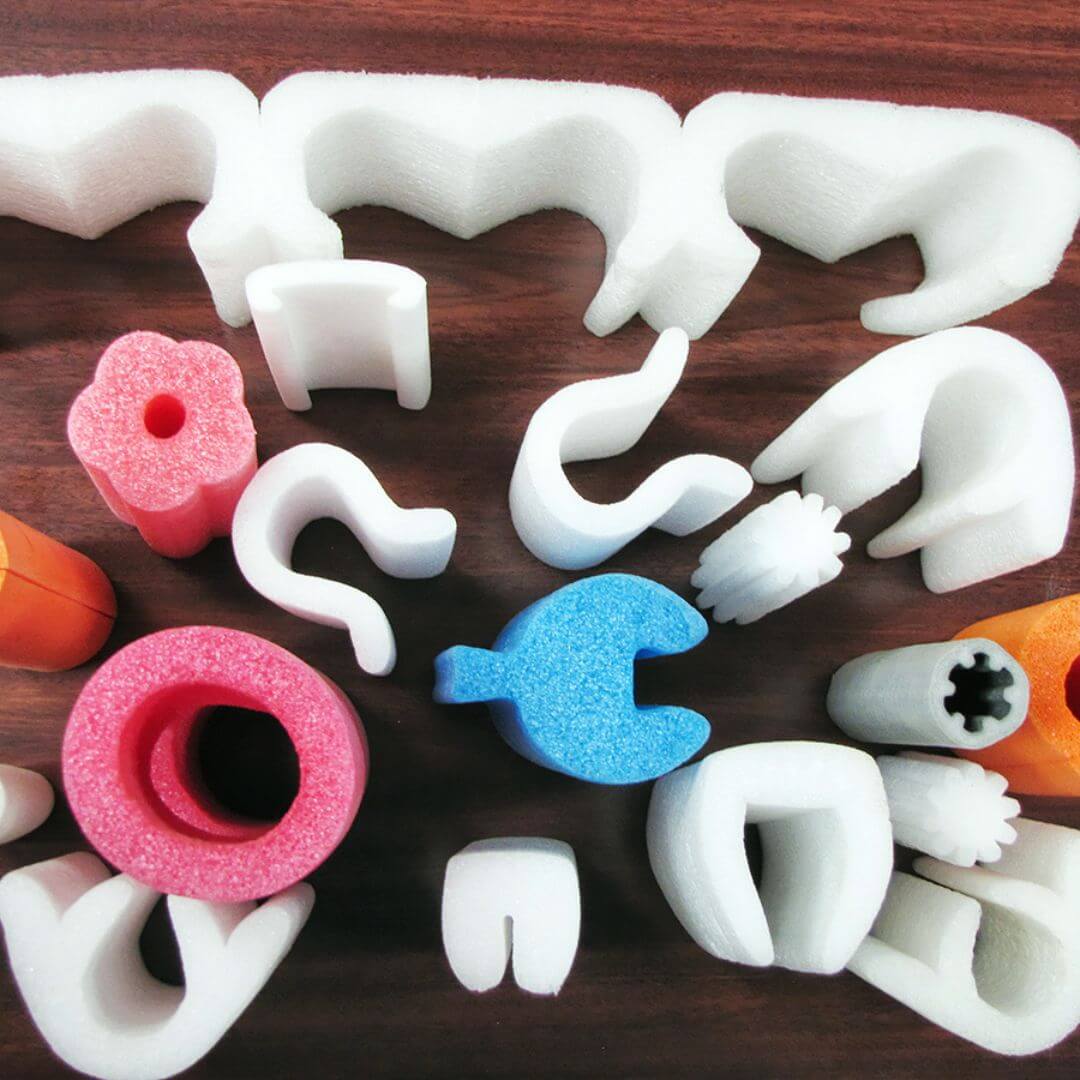Using Polyethylene Foam For Pipe Insulation

Having access to hot water in your bathroom is a must during cold winter days. Not only does a hot bath awaken your senses, but also give you a much-needed respite from the cold. However, it doesn't make sense if this comes at the cost of worrying about high energy bills. A viable pipe insulation can help you get hot water without high energy bills. There are indeed many materials to choose from while looking for pipe insulation. Too many options can lead to utter confusion, especially if you are not well-informed. We discuss in this blog why polyethylene foam is the best material for pipe insulation. Read this blog until the end to make an informed decision.
Benefits of Using Polyethylene Foam for Pipe Insulation
PE foam is a truly miraculous material that finds numerous industrial and domestic applications. PE foam has become a popular choice for pipe insulation due to its numerous benefits, thermal insulation being one of them.
PE foam's ability to trap heat is unmatched. It creates an effective barrier between the pipe and the open environment, thus effectively preventing heat transfer. The minimal heat loss ensures that consistent temperature is maintained. This puts less pressure on the water heating system. Thus, PE foam pipe insulation is one of the best ways to keep your energy bills in check.
When choosing pipe insulation, it is important to choose a material that is resistant to moisture and mould. Another benefit of polyethylene foam is its moisture resistance. Thanks to the closed-cell structure, PE foam keeps water and moisture at bay.
The fact that PE foam is lightweight makes it all the more easy to install it as pipe insulation. It can be cut into various shapes and sizes to fit different pipe diameters and configurations. Its flexibility allows for seamless installation around bends and curves without compromising on performance.
Conclusion
As we have seen in this blog, thermal insulation, moisture resistance, and being lightweight make PE foam an excellent pipe insulation. Alcot Plastics Ltd. is a leading manufacturer and supplier of polyethylene foam. We also supply PE foam products like backer rods and screening splines. Get in touch with us today to learn about all we can do for you.



